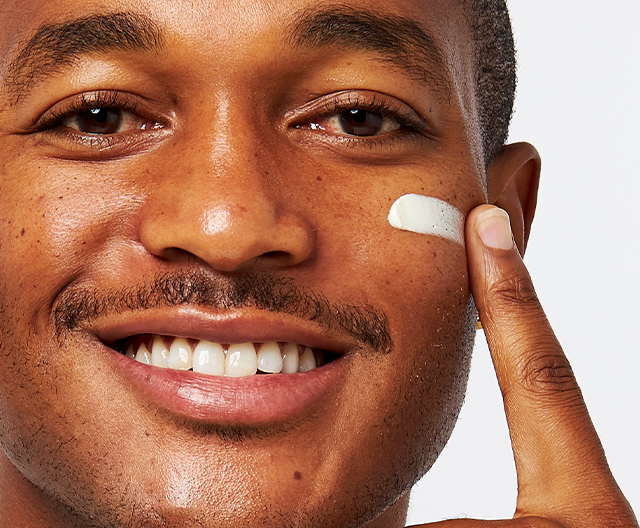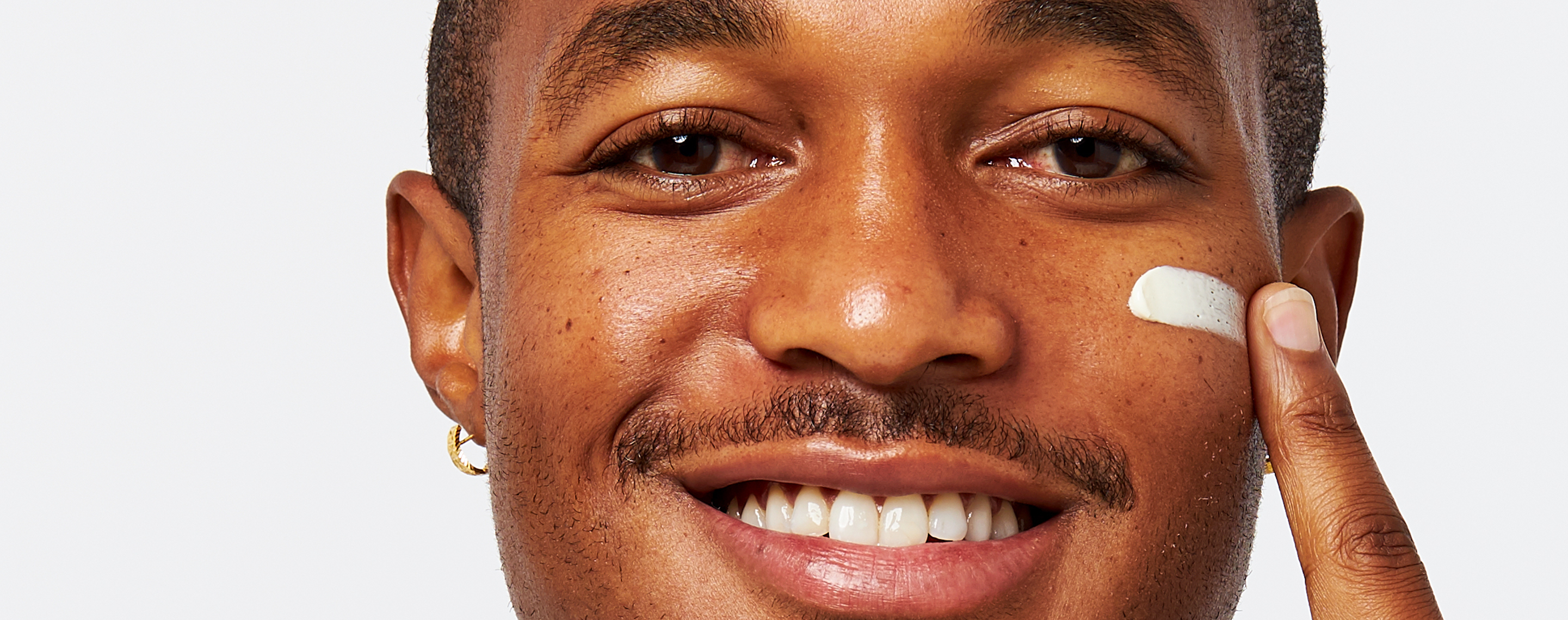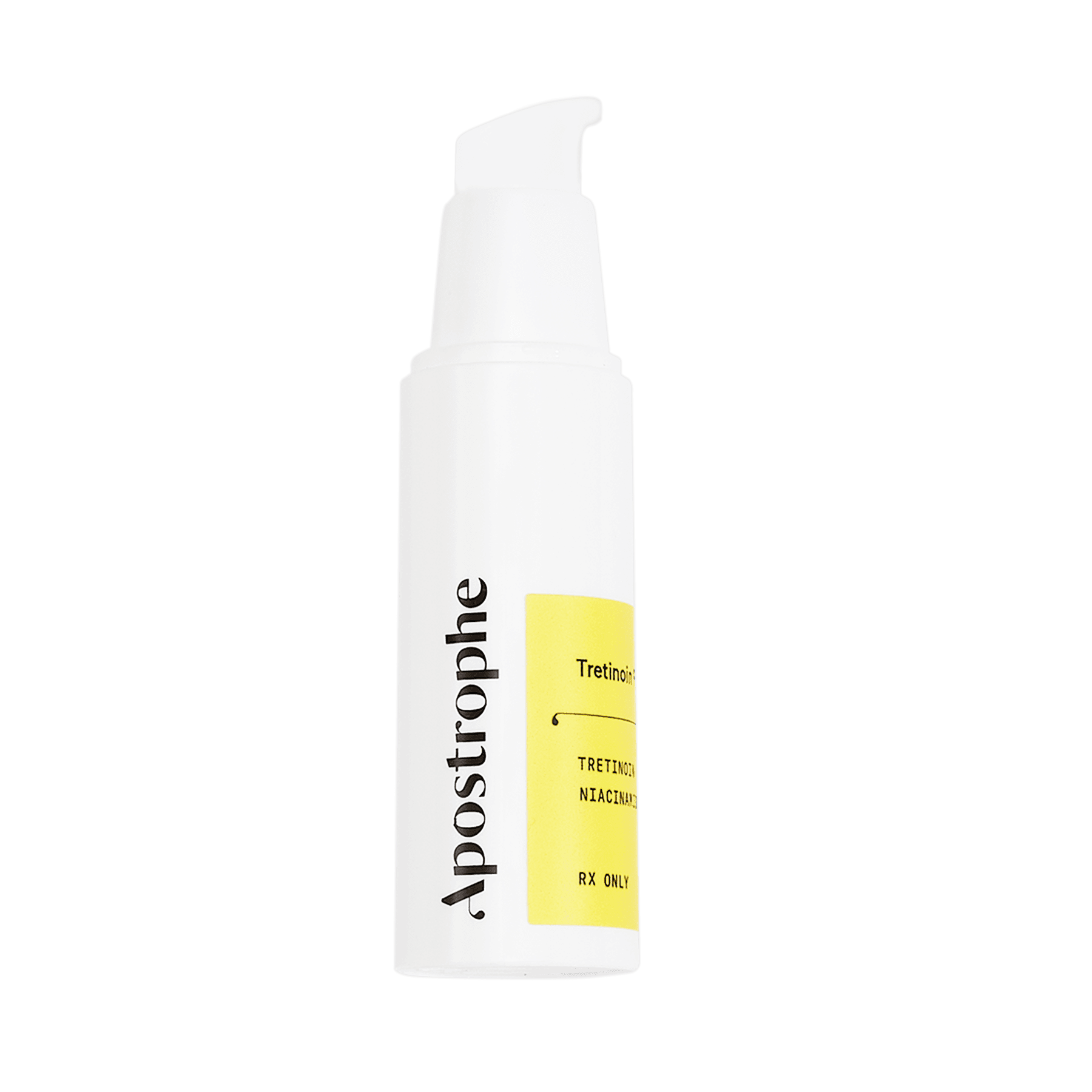Education
When to Use Azelaic Acid In Your Skincare Routine | Apostrophe


SHARE
Education
When to Use Azelaic Acid In Your Skincare Routine | Apostrophe
Medically reviewed by Aimee Paik, MD
Written by Apostrophe Team
Last updated 8/1/2024
From hyaluronic acid to salicylic acid, it can be challenging to keep track of each type of acid used for skincare and what skin concern they’re used for. This is particularly true for something a bit less common like azelaic acid.
Whether you’re already familiar with azelaic acid or you’re hearing about it for the first time now, there’s a good chance that azelaic acid results will include keeping unwanted pimples and uncomfortable rosacea at bay.
Not sure when or how to incorporate azelaic acid into your skincare routine? Wondering if you can use azelaic acid everyday? No problem. This guide will cover everything you need to know about the proven benefits of this skincare ingredient, why it works, and how best to introduce it to your skin.
What is Azelaic Acid?
Before getting into its uses and how to introduce it into your skincare routine safely, let’s start with the obvious: What is azelaic acid?
Azelaic acid is a naturally occurring acid derived from grains such as barley, wheat, and rye. It’s most often used as a topical cream, gel, or foam. You can get azelaic acid over the counter at lower concentrations or as a prescription-strength treatment prescribed by a dermatology provider.
What is Azelaic Acid Used For?
What, exactly, is azelaic acid good for? The National Library of Medicine cites a couple of primary uses for this acid, all centered around skin ailments. In some cases, this skincare acid can be used in the treatment of rosacea and melasma. In others, azelaic acid has been proven to manage certain types of mild and moderate acne effectively.
How Does Azelaic Acid Work?
Azelaic acid has many unique attributes that allow it to help clear acne and improve skin quality:
It’s antibacterial, so it helps to balance the skin microbiome and minimize the buildup of bacteria in the affected area.
It’s proven to help correct hyperpigmentation of the skin. For this reason, it not only effectively treats melasma but also helps to lighten any dark spots leftover from pimples and acne scars. It can also be used to treat pigmentation like PIE (post-inflammatory erythema).
It’s an anti-inflammatory medicine that can help soothe swollen, red areas on the face and neck.
It normalizes cell turnover, which can sometimes be at the root of hard-to-treat acne problems.
Its antibacterial nature combines forces with antioxidants to tackle clogged pores and provide relief from congestion in areas across your face.
Thinking about incorporating azelaic acid into your skincare routine? Let’s take a look now at what’s important to know before adding this new skincare ingredient into the mix.
Everything You Need to Know Before Using Azelaic Acid
Azelaic acid isn’t just something you try because your close friend swears by it. Because of its power-packed properties, you’ll want to consult with a professional first to be sure it’s a good match for you and your skin type. Beyond what your dermatology provider recommends, here are a few more things to consider when using azelaic acid for the first time:
Be patient – Azelaic acid may be effective, but it’s not a treatment that will work overnight. First-time users should be patient when it comes to awaiting the results of this acid-at-work. Experts say it could take a couple of months before real improvement becomes apparent. Or, for over-the-counter treatments with a smaller percentage of azelaic acid, it could take around four months.
Use caution when combining it with BHAs and AHAs – Unlike water-soluble alpha hydroxy acids, beta hydroxy acids are oil-soluble and ideal for getting deep below the skin’s surface to target dead skin cells. Using both AHAs and BHAs together, however, may not be the best idea for some. In certain cases, it could cause excessive drying and skin irritation. So, aside from using azelaic acid, be mindful about what you’re using it with in order to achieve the best results– for example, be careful when combining salicylic and azelaic acid.
Don’t forget to apply sunscreen – Wearing a facial sunscreen is a must for those choosing to add azelaic acid to their skincare routine. Whether the goal is to target sunspots, melasma, or hyperpigmentation due to acne, help azelaic acid help you by keeping your skin protected from future UVA and UVB damage. According to the American Dermatology Association, it’s best to use sunscreen that is broad-spectrum and has an SPF of 30 or higher.
It’s safe for pregnant women – Mixing pregnancy with your regular skincare routine can sometimes be challenging since some of what you’re using may have the potential to cause harm to the baby. Azelaic acid, however, is one of the few products on the market that’s safe for pregnant women looking to attain a more even skin tone. Consult with both your dermatology provider and your primary doctor first to be sure, but it isn’t likely to be a problem in most cases.
Now that you’re a bit more familiar with what to expect when using azelaic acid on your skin, let’s dive into the best way to start incorporating it into your daily routine.
How and When to Incorporate Azelaic Acid Into Your Skincare Routine
When is the right time to try out azelaic acid? If you've been trying to treat your acne or rosacea using other products or treatment methods with little success, it’s definitely the right time to consider azelaic acid.
However, as a general rule of thumb, let your dermatology provider make that call.
Have a conversation with your dermatology provider and let them know where you are on your skin journey. From there, your provider can provide prescription-strength treatment recommendations for you.
The same rules apply regarding how you incorporate it. Your doctor will be able to make a personalized plan for you with specific instructions about how much and how frequently to use azelaic acid on your skin, particularly if you don’t have much prior experience with it.
Here are few general recommendations to follow when unsure about the effects an azelaic acid product will have on your skin:
Always do a patch test – When using a new product, it’s always a good idea to test it out in a small area of skin first. Apply a drop or two to a place like your arm or wrist at least 24 hours before using it on your face so that you can monitor it for any adverse reactions. Doing this will lower the risk of causing any further damage to a problem area on your face.
Start slowly – Start by incorporating azelaic acid a few times a week, once a day. Since you never know exactly how your skin might react to a new product, it’s always smart to ease into things. Until your skin adjusts and starts to build up a tolerance to a new formula, err on the side of caution at the start. After the first week or so, experiment with slowly increasing the frequency with which you apply it. If you notice that irritation occurs, consult with your doctor or consider reducing the application to just a few nights per week.
Use it with a moisturizer – Since it’s an exfoliant, azelaic acid should be used alongside a moisturizer to keep your skin hydrated.
For whatever questions you might have about your journey with azelaic acid, the differences between azelaic acid vs. retinoids, or what products might pair well with it, talk to the skincare experts at Apostrophe.
Build a Personalized Skin Care Plan with Apostrophe
Whether you’re curious about trying azelaic acid for the first time or are interested in looking for an alternative approach to dealing with your acne, rosacea, or hyperpigmentation, consult with the dermatology providers on Apostrophe's platform. At Apostrophe, we’re not only helping you get access to effective treatments that complement your skin, but we’re also making it as convenient as possible.
Here’s how you can get in touch with a dermatology expert regarding your skin care journey:
Reach out to us and give us the details about your skin. Let us know what you’ve tried up until now, your medical history, and what you’d like us to help you with.
Send us a picture of your skin. This way, we can have a better idea of the current condition of your skin and adjust our recommendations based on what we see.
Wait to hear back from us. (It should take less than 24 hours.) A dermatology provider will craft a personalized skin care plan that’s catered to your unique skin.
Embrace a whole new skin care journey by connecting with Apostrophe today.
Sources:
National Library of Medicine. Azelaic Acid Topical. https://medlineplus.gov/druginfo/meds/a603020.html
NBC News. Azelaic acid 101: Everything dermatologists want you to know. https://www.nbcnews.com/shopping/skin-care/azelaic-acid-skin-n1236351
American Dermatological Association. What can treat large facial pores? https://www.aad.org/public/everyday-care/skin-care-secrets/face/treat-large-pores
National Library of Medicine. Melanin hyperpigmentation of skin: melasma, topical treatment with azelaic acid, and other therapies.https://pubmed.ncbi.nlm.nih.gov/8654129/
Shop this post

Finacea (azelaic acid)
Like what you just read? Sign up for our email list to get the scoop on skincare science delivered straight to your inbox.

Deep Dives
A dermatologist shares his thoughts on the recent studies about benzoyl peroxide and benzene.
Read More
Education
What is milia?
What is milia? Today, we’re jumping into one type of bump that you may have heard about most commonly in infants — milia.
Read More
Education
Best moisturizer for acne-prone skin
If you have combination acne-prone skin, figuring out which moisturizer is best for your skin might be tough. In this guide, we break down the best moisturizer for combination, acne-prone skin.
Read More
